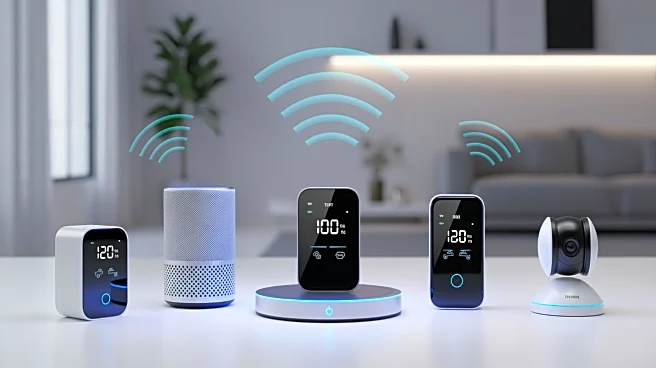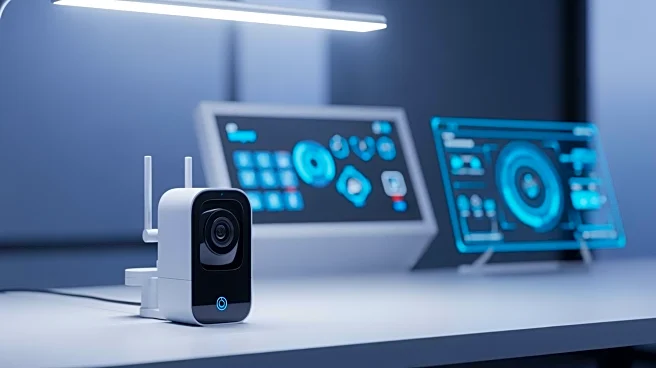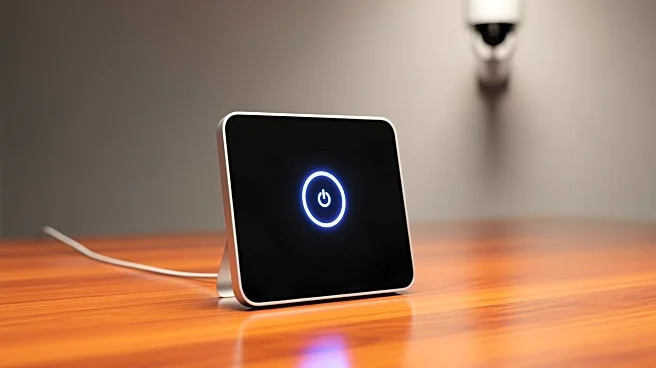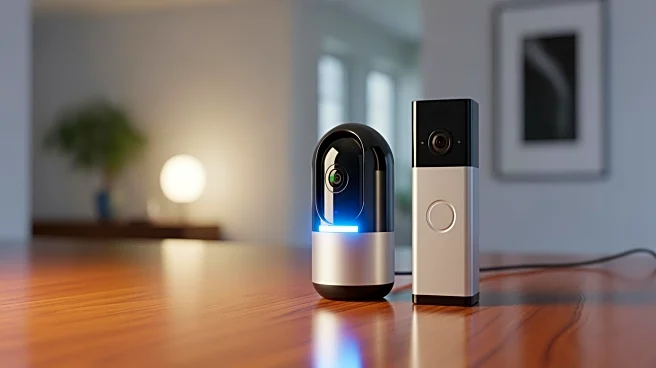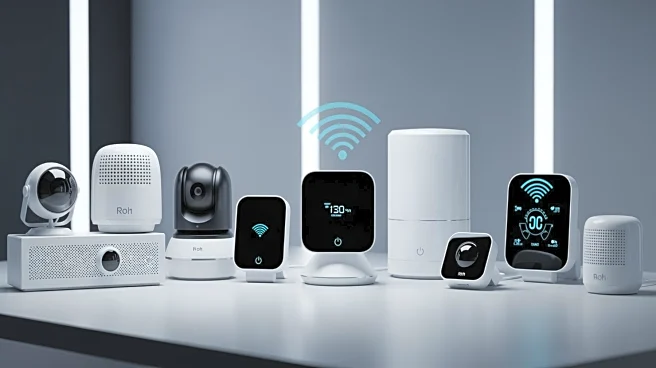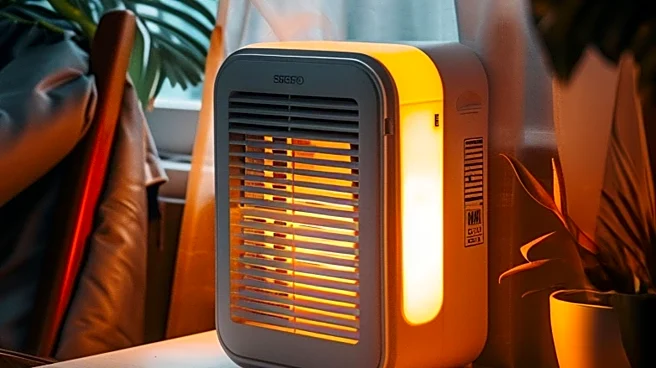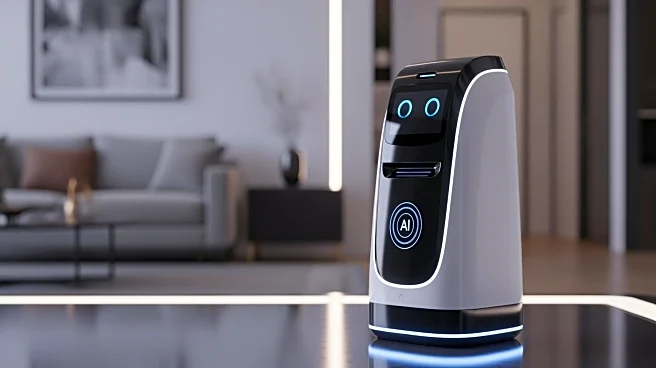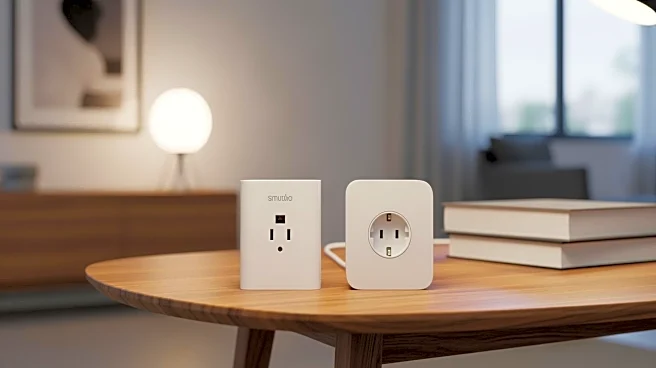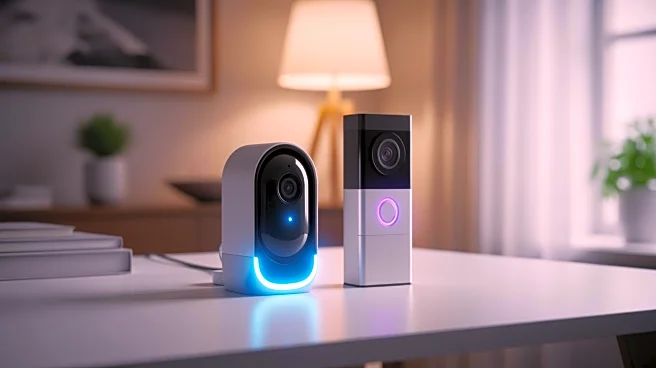What's Happening?
The decision between using smart plugs or smart outlets is a common consideration for those setting up a smart home. Smart plugs offer a plug-and-play solution that is easy to install and move, making
them ideal for renters or those who frequently change device locations. In contrast, smart outlets provide a more permanent and aesthetically pleasing solution, suitable for homeowners looking for a seamless integration into their home’s infrastructure. However, smart outlets require more complex installation and are generally more expensive. The choice between the two depends on individual needs, budget, and living situation.
Why It's Important?
The choice between smart plugs and outlets can significantly impact the functionality and cost-effectiveness of a smart home setup. Smart plugs are more accessible and affordable, making them a popular choice for renters and those new to smart home technology. On the other hand, smart outlets offer a more integrated solution that can enhance the value of a home, appealing to homeowners and those looking to invest in long-term smart home infrastructure. Understanding the pros and cons of each option helps consumers make informed decisions that align with their lifestyle and financial considerations.
What's Next?
As smart home technology continues to evolve, consumers can expect more advanced features and competitive pricing in both smart plugs and outlets. Manufacturers may focus on improving the aesthetics and functionality of smart plugs to make them less obtrusive, while also simplifying the installation process for smart outlets. Additionally, the integration of smart home devices with emerging technologies like AI and IoT could further enhance their capabilities, offering users more control and customization options.
Beyond the Headlines
The growing popularity of smart home devices reflects broader trends in home automation and the increasing demand for energy-efficient solutions. As more consumers adopt smart technology, there may be a shift towards more sustainable and eco-friendly products, influencing the design and production of future smart home devices. This trend could also drive innovation in related sectors, such as energy management and home security.



